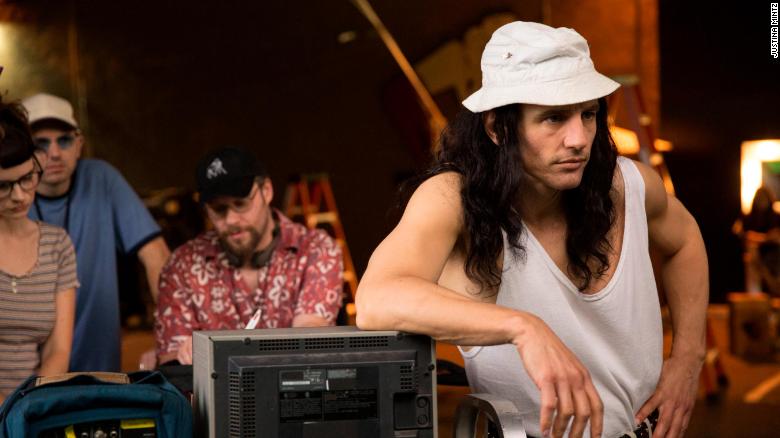In 2003, The Room was a film that passed through most moviegoer’s minds without a second thought. Initially intended to be a Tennessee Williams level drama, this film premiered in two theatres in Los Angeles. With an alleged budget of over $6 million, the film made less than $2000 in its initial run.
14 years later, The Room sells out in theatres everywhere, with pop up midnight showings from California to the heart of Europe. The mysterious writer, actor, producer and director Wiseau himself shows up sometimes, with his signature laugh, thick accent of origins unknown and undeniable happiness that his passion project still gets screen time.
How did this happen? On top of losing money, critics panned the film. And yet, it sells out auditoriums on a regular basis, and gets talked about more than the Best Picture winner from the same year. Hell, I couldn’t even name the Best Picture winner from that year, but I can remember The Room with no problem. For those dying to know how, The Disaster Artist is the film to see.
Based on an autobiography by Greg Sestero, Wiseau’s friend and co-star, The Disaster Artist stars James Franco as the mysterious Wiseau, who after giving an almost unwatchable reading in an acting class in San Francisco, befriends Greg Sestero (Dave Franco) and convinces him to move to Los Angeles to try and make it in Hollywood. After many failed attempts, Wiseau decides to make his own film, with Sestero by his side the entire way.
Franco, a prolific director, finds a groove with this film that none of his other projects have. There’s a visceral sense to every scene, with lots of handheld shots and tight close-ups that allow the actors to give truly emotional performances. On top of this, Franco portrays Wiseau with visible passion, making for a defining role in his career.
The supporting cast, which includes the likes of Seth Rogen, Ari Graynor and many more, put in just as much effort. Their performances are grounded, without any dialogue that seems added to prop up anyone involved in the making of The Room. What’s shown on screen feels like watching a documentary thanks to the direction and the performances, and this makes for a story full of laughs and a surprising amount of heart.
When Wiseau realizes that his film isn’t what he expected it to be, it’s hard not to feel for the guy. No one wants their passions to be laughed at, and Wiseau felt that. But instead of letting it get to him, Wiseau, with the help of Sestero, chose to look at his film as something wholly different than his initial intentions. And now, audiences regularly show up to have a laugh and watch “the best worst movie ever made,” a phrase coined for this film that perfectly describes its entirety.
The Disaster Artist provides much needed background to how this project was born. It features some of the best performances of the year from Franco and his brother Dave, and tells an honest story about one of the most mysterious men to ever make a film. Other than minor pacing issues at its start, this film deserves the praise, and is one of the best of the year.
Gus Hunninghake
(Image courtesy of CNN)

